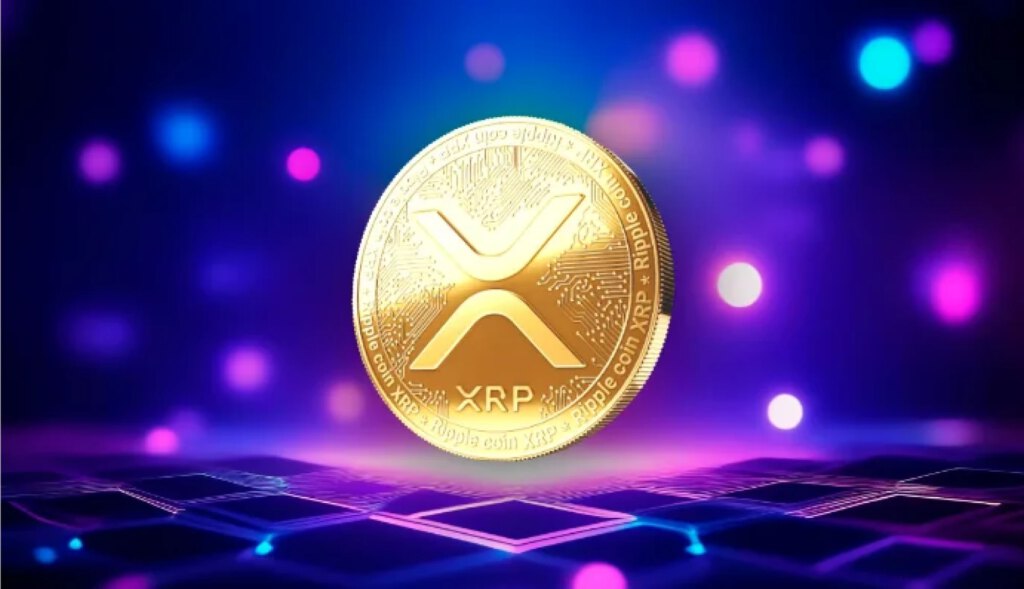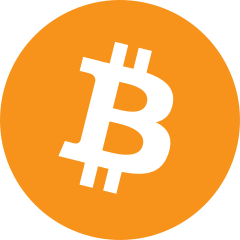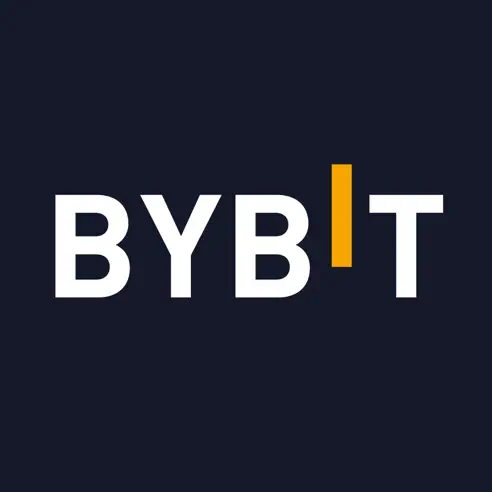D
eutsche Bundesbank, Germany’s central bank, recently published a report that emphasizes Ripple’s influence in the evolving financial sector.
The July report focuses on innovations in the global financial system, particularly highlighting the role of distributed ledger technology (DLT) and blockchain in enhancing cross-border transfers.
Ripple’s Role in DLT-based Money Forms and Infrastructure
The report specifically mentions Ripple in a section dedicated to DLT-based money forms and infrastructure.
It recognizes Ripple Payments (formerly RippleNet) for its efficiency in uniting payment service providers and facilitating smoother transactions.
Ripple’s On-Demand Liquidity Solution
A key feature of Ripple’s technology, as cited in the report, is its on-demand liquidity (ODL) solution.
This allows customers to transfer funds without the need for pre-funding, as is customary in traditional finance. This innovation presents a significant shift from conventional banking practices.
Legal and Exchange Risks with XRP Usage
While acknowledging the use of XRP in Ripple’s network, the Deutsche Bundesbank report also notes the potential legal and exchange rate risks associated with the cryptocurrency.
This includes concerns stemming from Ripple’s ongoing lawsuit with the U.S. securities regulator and the inherent volatility of XRP.
Global Recognition of Ripple’s Payment Solutions
The report’s mention of Ripple aligns with a growing trend of recognition from major banks worldwide. The Nigerian central bank and leading institutions like Bank of America and Deutsche Bank have praised Ripple’s role in addressing frictions in global remittances.
These acknowledgments underline Ripple’s relevance in the payment industry and its potential for future banking partnerships.
Conclusion: Ripple’s Expanding Influence in Global Payments
Deutsche Bundesbank’s report is a testament to Ripple’s expanding influence in global payment solutions.
The recognition from one of Europe’s leading central banks not only validates Ripple’s technological advancements but also hints at broader adoption and potential partnerships in the banking sector.












